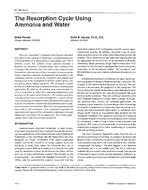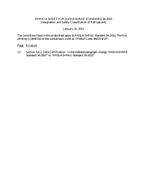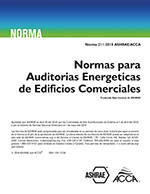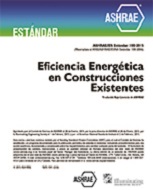Description
The term “resorption” originates in the German literature and refers to the concept of replacing a condenser/expansion valve/evaporator in a refrigeration or heat pump cycle with a solution circuit. The solution circuit typically includes a desorber, an absorber, a solution pump, and a solution heat exchanger. The absorber takes the place of the condenser and the desorber takes the place of the evaporator. In contrast to the usual condenser-evaporator arrangement, the presence of the additional solution circuit in the resorption cycle implies that the processes in the components at all four corners of the cycle are partial phase-change processes. The resorption concept provides an additional degree of freedom in the cycle design and application. By allowing the solution loop concentrations to vary, it is possible to adjust the component temperatures and pressures to the application of interest. The solution loop flow rate can also be easily varied to allow effective capacity control. These advantages are obtained with some additional complexity in hardware and some resultant loss of performance due to additional internal irreversibilities. However, the temperature glide that exists in the resorption cycle components provides an opportunity for improved thermodynamic performance through temperature matching with an application. For certain applications, these trade-offs are quite beneficial.
KEYWORDS: year 1996, heat exchangers, replacing, refrigeration, heat pumps, cyclic, ammonia, coefficient of performance, thermal capacity, fluid flow, flow rate, heat exchangers, temperature lift, heat transfer fluids
Citation: Symposium Papers, Atlanta, GA, 1996
Product Details
- Published:
- 1996
- File Size:
- 1 file , 850 KB
- Product Code(s):
- D-17201




